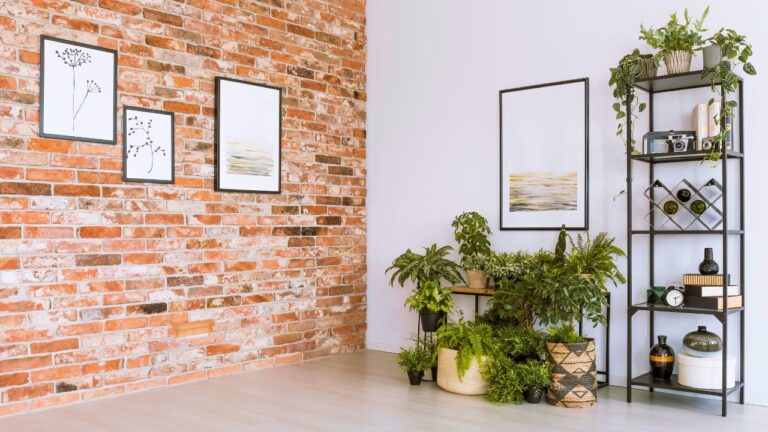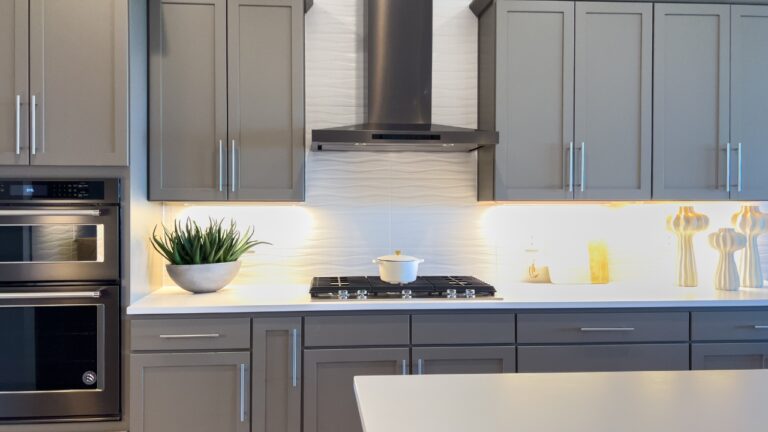What most people miss when planning a property layout
Buying land feels like freedom. You picture the house, the driveway, maybe a garden or a pond. It’s exciting—and it should be. But too many people get caught up in the dream and overlook the one thing that can ruin that vision fast: the layout.
A bad layout doesn’t always mean the land is useless. It just means you’ll spend a lot more time and money fixing what could’ve been avoided with a little planning upfront.
The slope isn’t as harmless as it looks
The most common layout issue people ignore is slope. You might think a gentle incline or low spot isn’t a big deal, but water thinks differently. Drainage determines everything—from where your driveway should go to whether your foundation stays dry. If you build on a low point, you’ll fight runoff, erosion, and mud every time it rains.
Before building, watch how water moves across your land after a storm. It’ll tell you exactly where not to put your home, barn, or garden. A few extra truckloads of gravel or dirt sound manageable in theory, but grading costs pile up fast once heavy equipment gets involved.
Driveway placement makes or breaks convenience
It’s easy to point to an open stretch of land and think, “That’s where the driveway should go.” But once you start driving it daily—or after a big rain—you might realize it’s too steep, too narrow, or in a terrible spot for access. Long, curving driveways look nice, but they’re expensive to gravel and maintain. And a driveway that cuts across natural drainage can turn into a washout before winter’s over.
If you haven’t poured concrete or laid gravel yet, map it carefully. Consider where you’ll turn in, how deliveries or guests will park, and how you’ll plow or grade it later. Driveways are easy to overlook when you’re still staring at an empty lot, but they’re one of the hardest things to redo once they’re in.
The house site needs more thought than flat ground
Most people pick their house site based on how it looks from the road—or how good the sunset view is. That’s a start, but it’s not enough. You have to think through utilities, wind direction, and how sunlight hits throughout the year.
A house that faces directly west might look perfect at golden hour, but it’ll also take the full brunt of summer heat every evening. A site that’s too far from the road means longer utility runs and higher costs for water, power, and internet. And if you don’t account for slope and soil type, you might end up with a foundation that costs double what you expected.
Water access and drainage go hand in hand
If you have a well or plan to dig one, pay attention to elevation. Wells need to sit higher than septic systems to prevent contamination. Septic fields need dry ground that drains properly—not a low area that turns into a swamp after every storm.
The same goes for ponds and creeks. They look peaceful, but they can flood faster than you’d think, especially in areas with clay-heavy soil that doesn’t absorb water quickly. Building too close to those edges might seem harmless at first, but your yard could turn into a soggy mess every spring.
The shop, barn, or garden shouldn’t be an afterthought
You might be planning to build your house first and add the rest later, but you should still plan those future spots now. Outbuildings, gardens, and animal areas need access, water, and sunlight too. If you drop them wherever there’s space later, you’ll end up fighting shade, drainage, and slope issues all over again.
It’s cheaper to think ahead and run utility lines or water connections while the ground is already open. Even laying down gravel paths or marking where future structures will go can save you from having to tear up finished ground later.
The view isn’t everything
It’s easy to fall in love with a property because of the view. But a pretty view can come at a cost—literally. Clearing trees or leveling a hill for a better sightline changes water flow and soil stability. Plus, that “perfect” hilltop might be windy, exposed, and miles from your utilities.
Instead of chasing the best view, look for balance. You can still have beautiful scenery if you build smart and take advantage of natural contours. Sometimes the best building site is tucked a little lower, protected from wind and drainage issues, with the view framed instead of forced.
Fixing a layout mistake is expensive and permanent
Grading, re-pouring driveways, moving septic systems, or rerouting water lines all cost thousands more than planning them right the first time. And even if you fix them, the land itself doesn’t forget—water still flows where it wants, and soil still shifts the way it always has.
Taking the time to study your land’s layout before building isn’t overthinking—it’s being smart. Walk it in the rain, check the slope, look at the sun, and think long-term. Because when you’re knee-deep in mud next spring wondering why the yard won’t drain or why your driveway keeps washing out, you’ll wish you had.
The smartest homesteads start with the ground
Every successful build starts with understanding the land, not fighting it. You can have the best blueprints, the nicest finishes, and all the right tools, but if your layout works against nature, you’ll spend every season trying to fix it.
So before you bring in the gravel, pour the concrete, or break ground, take another look at that layout. Because a few extra hours planning where everything goes can save you thousands—and a whole lot of regret—down the road.
Like Fix It Homestead’s content? Be sure to follow us.
- I made Joanna Gaines’s Friendsgiving casserole and here is what I would keep
- Pump Shotguns That Jam the Moment You Actually Need Them
- The First 5 Things Guests Notice About Your Living Room at Christmas
- What Caliber Works Best for Groundhogs, Armadillos, and Other Digging Pests?
- Rifles worth keeping by the back door on any rural property
*This article was developed with AI-powered tools and has been carefully reviewed by our editors.







